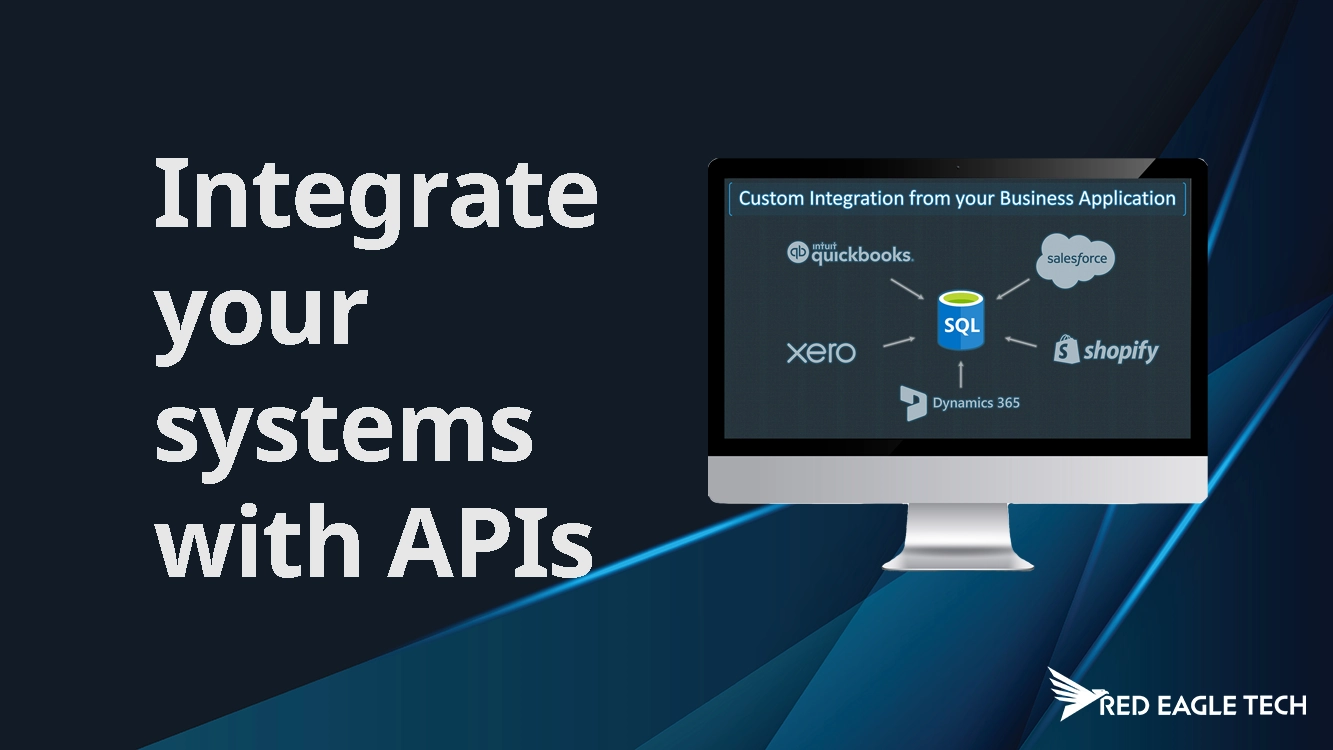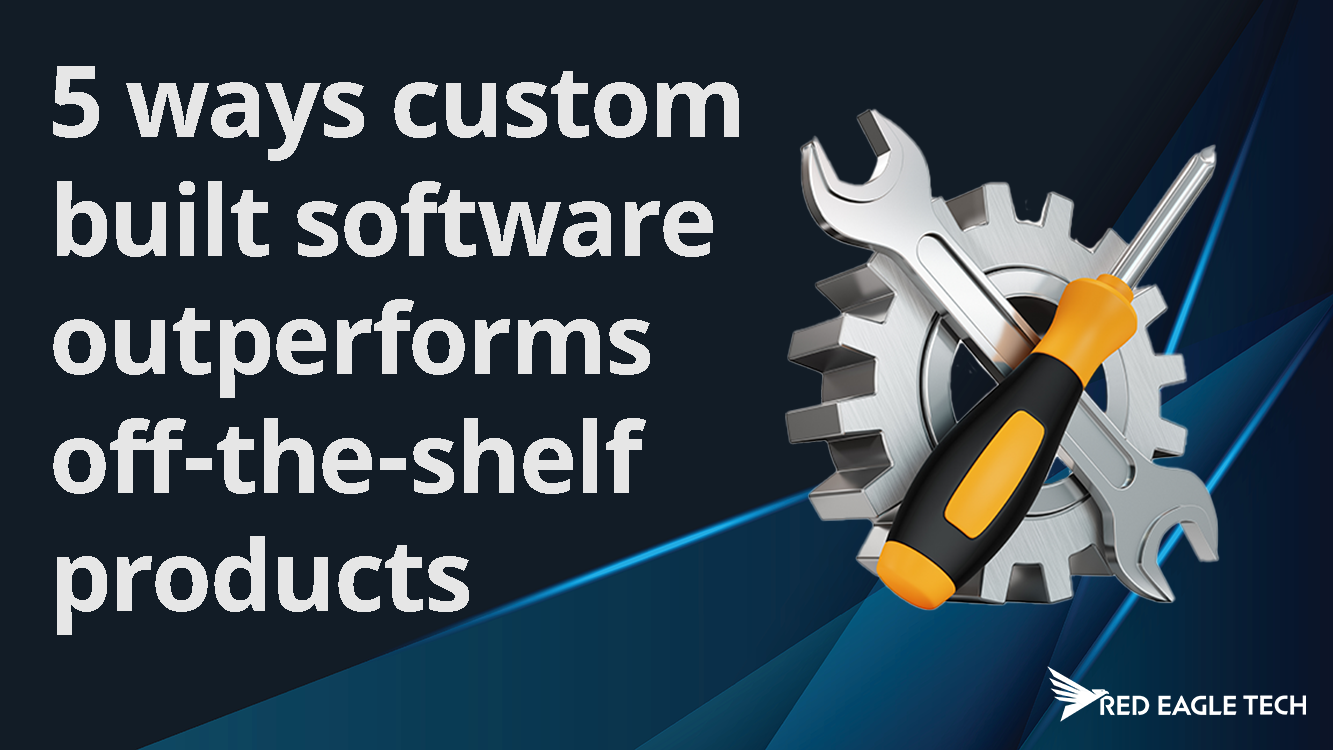
7 Ways Not Updating Your Legacy Systems Can Harm Your Business
It can be hard to introduce new systems, moving away from what's familiar and comfortable and dealing with the work involved in an overhaul. But technology moves fast, and if you don't move with it, you can easily get left behind. Modernising outdated systems is vital for the success of your business.
Let me give you an example of why this can be so important. Netflix used to operate as a DVD rental-by-post service, but they recognised the shift in customer preference towards streaming and invested heavily in updating their systems and business model. As a result, Netflix has become the online streaming platform we all know and love today. If you're as old as me, you'll remember Blockbuster, the most popular video-rental chain in the 90s that is no longer with us. Why? They failed to see how much the online streaming would overtake the market. They didn't update their systems. They compromised their business model. They lost revenue. They lost customers. And they went bankrupt. Oops.
But, even for smaller businesses, the failure to update legacy systems can harm its ability to adapt to the current market and maintain a competitive edge. Let's take a closer look – here are 7 ways not updating legacy systems can harm a business.
1. Increased Security Risks
Outdated systems typically operate with obsolete security measures, leaving the entire business more vulnerable to cyberattacks and data breaches. You may remember the WannaCry ransomware attack in 2017, which mostly targeted those still running unsupported versions of Microsoft Windows, where patches were no longer being released. Legacy systems often cannot be patched or upgraded with a version that has the right protection. Older systems are also not built with the security required to protect against modern security threats.
2. Compromised Data
Businesses produce loads of data and rely on it to gather the most current and valuable insights for growth. But if you're still using flat files, relational databases and other outdated methods that fail to use modern data storage and management technologies, then this can greatly compromise your business. You'll need to ensure data quality, deploy robust security measures with the option to set and limit user access, as well as the other features modern systems offer. Accurate, real-time and reliable data is crucial for effective analytics and decision making.
3. Loss of Talent
Organisations that adopt modern technology attract and retain the best talent, there's really no question about it. The best employees often want to work for organisations that are using up-to-date technology, making it harder to recruit and retain skilled employees if you operate on legacy systems. The young workforce is primed for a modern digital world. Generations, especially Millennials and Gen Z, are tech-savvy and accustomed to modern digital tools. Outdated systems can deter them from joining a company because they won't necessarily want to learn outdated systems that are cumbersome, inefficient and offer them no professional growth.
4. Increased Costs
At first glance, you can kind of understand that business leaders may resist updating legacy systems due to cost. However, as technology advances, it can actually cost you a whole lot more over time to keep older systems running instead of updating. Expertise in older programming languages, hardware and software becomes scarcer and thus more costly. Legacy systems require more maintenance and resources, and time and money is diverted away from more important business operations. One of the world's biggest mechanical seal manufacturers, AESSEAL, experienced challenges with their legacy systems. They invested heavily in modernising these systems and experienced a 77-fold increase in their invoicing speed and increased sales leading to over £170 million in annual sales.
5. Customer Dissatisfaction
These days, customers have higher expectations for convenience and personalisation. Legacy systems may not offer the ease of online transactions or personalised recommendations that customers now almost come to expect. Think about your website. Research indicates that users' patience for slow-loading websites is extremely limited these days. If it doesn't load quickly, or if your user-journey is hindered in any way – you're losing business, and if your competitors' systems are up to date and offer a more seamless user experience – that's where your customers are going.
6. Regulatory Compliance Risks
Failure to update legacy systems can result in non-compliance with current regulations, which could lead to legal issues and hefty costs. In 2017, Equifax, one of the largest credit reporting companies in the US, suffered a major data breach exposing the personal and financial information of around 148 million people. What caused it? A known critical vulnerability in the company's legacy software system, and failure to implement a necessary patch for it. This had severe regulatory and legal implications including significant fines and a setback of $425 million USD. Transitioning to modern systems equipped with the latest security protocols, data management capabilities and compliance, is crucial for mitigating regulatory compliance risks.
7. Incompatibility
There are fundamental differences in architecture, protocols and data formats between legacy and modern systems. Therefore, older systems may struggle to integrate with new systems. This can hinder and even bring operation to a total halt, causing difficulties with communication, collaboration and leading to delays, errors and increased administrative overheads.
Updating your legacy systems will help the growth and success of your business. If your systems are ill-equipped to meet modern demands, you are at higher risk of data breaches and non-compliance, high maintenance costs, decreased efficiency, and loss of opportunities and talent. Modernisation may be complex and potentially costly, but the benefits far outweigh this.
Need help modernizing your legacy systems? Our Software Engineering team specializes in system modernization and can help you transition smoothly to updated technology. Contact us today for a free consultation to discuss your business needs.


































